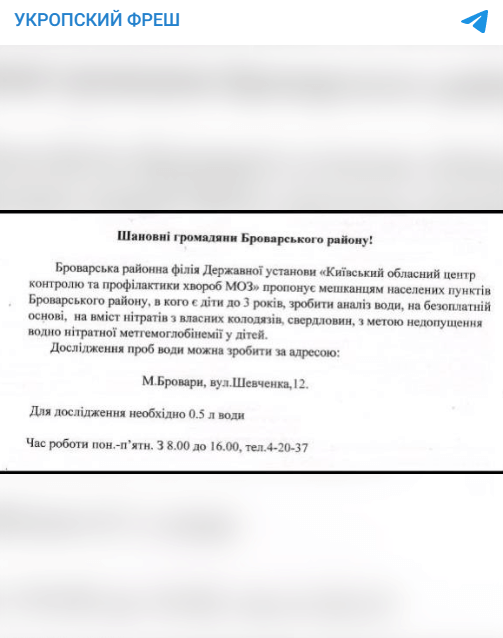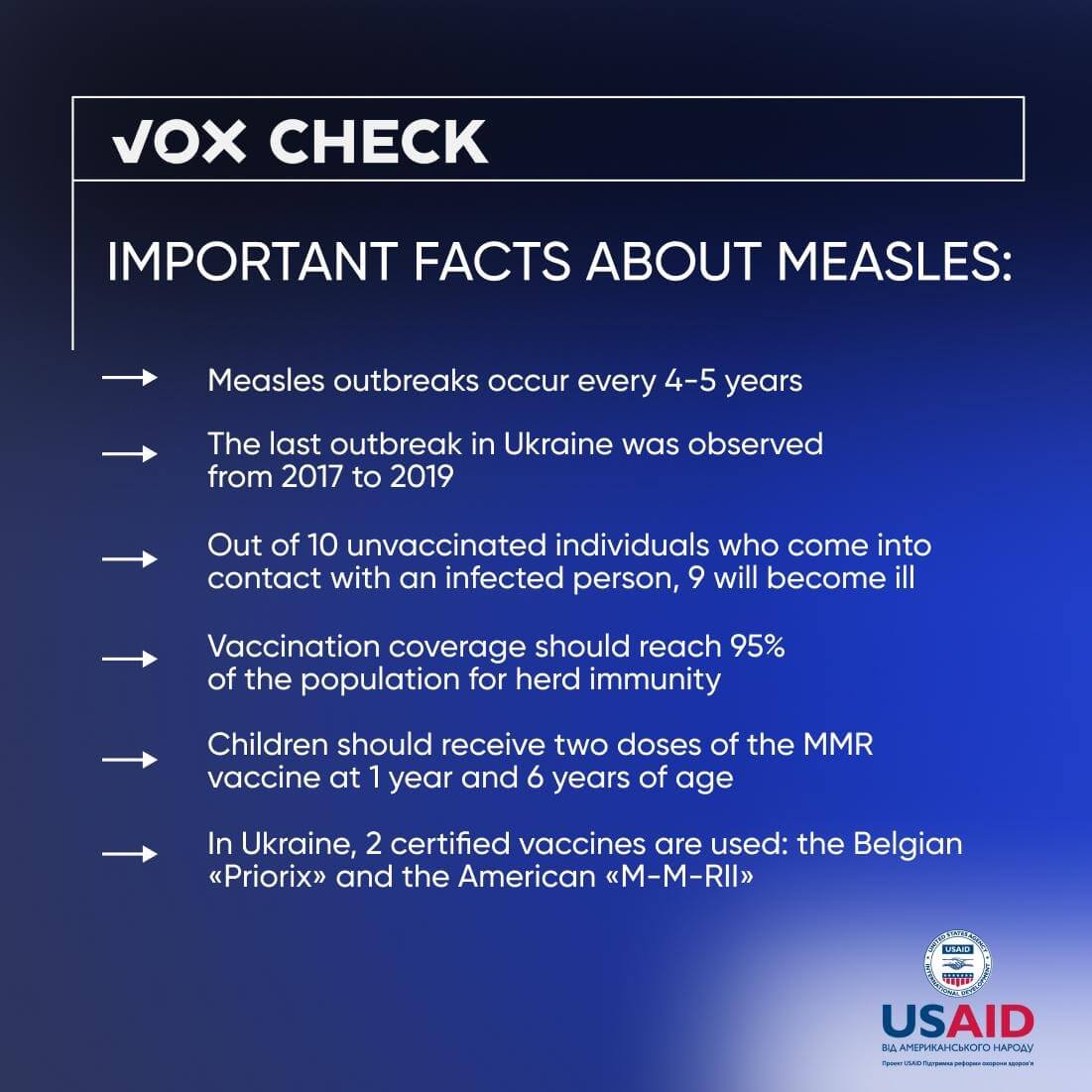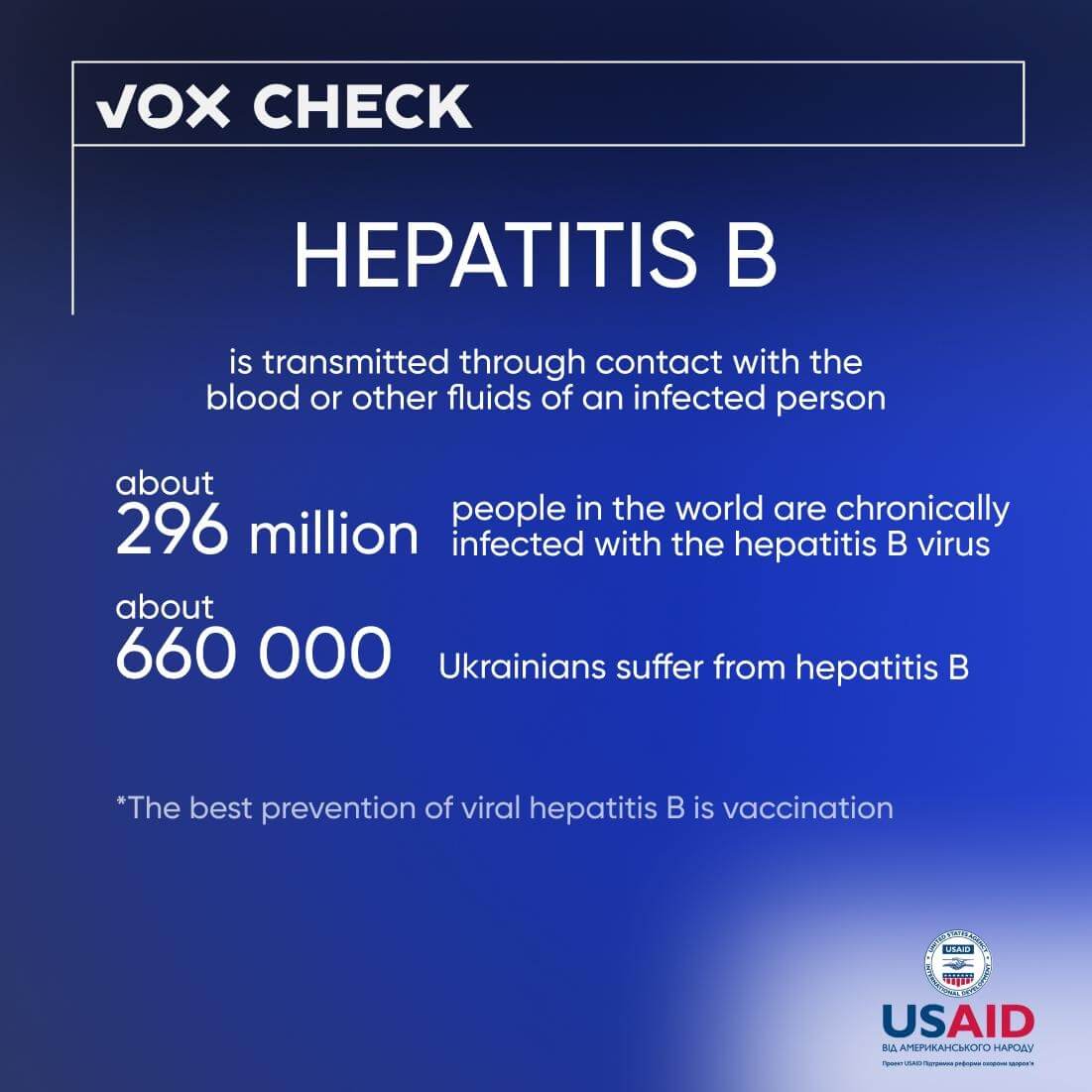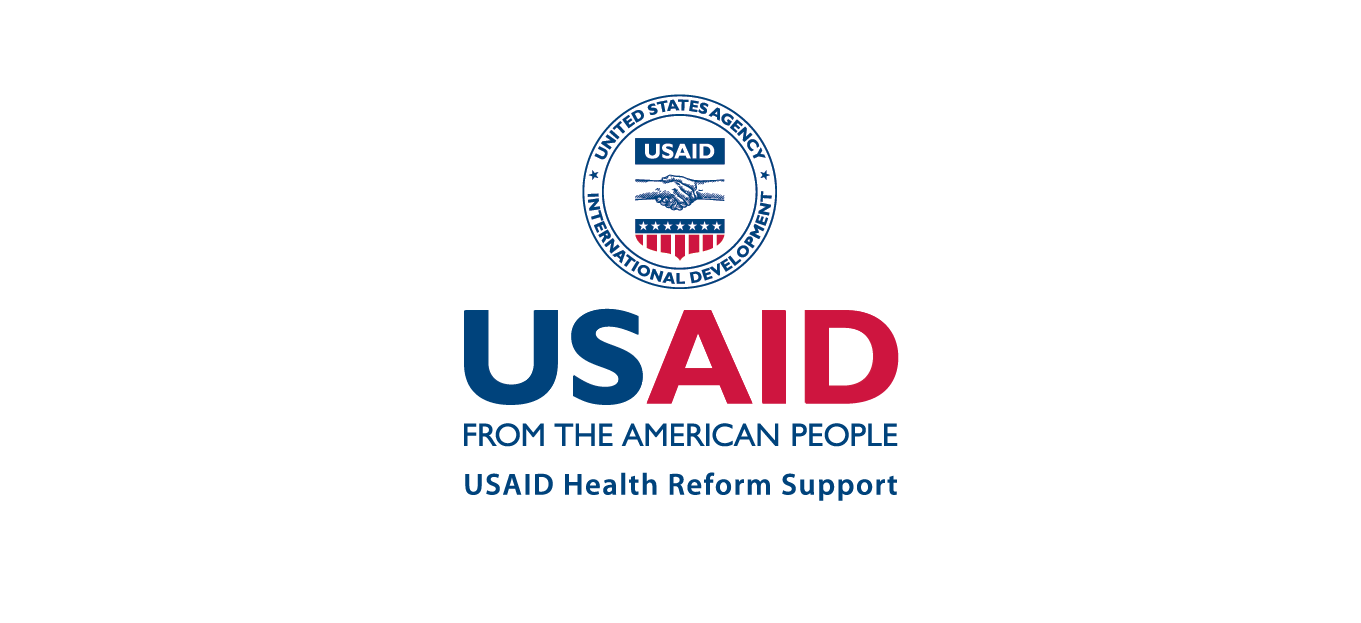Users of the network are spreading false messages about the beginning of epidemics in Ukraine in order to sow panic among the population. To confirm their claims, they write that, allegedly, to stop the spread of measles in the Cherkasy region, people are being offered a low-quality vaccine that has not undergone proper testing. Propagandists spread similar messages and claim that there is an outbreak of Hepatitis B in Ukraine. This supposedly happened due to a soldier from the 103rd Separate Brigade of the Territorial Defense of the Armed Forces of Ukraine, who was the first to contract the disease.
With the support of the USAID Health Reform Support project, VoxCheck analyzes and refutes public health narratives spread in the information space of Ukraine, Belarus, and russia on a weekly basis.
Disinformation: Epidemics have started in Ukraine due to contaminated water
Information is being spread online, as if epidemics have started in Ukraine, with doctors largely attributing contaminated water as the cause of disease outbreaks. To support this claim, arguments are presented, such as:
- In the Kyiv region, citizens with young children were urgently called upon to bring water from their wells for testing. The post includes a screenshot of an announcement from the Brovary District branch of the disease control and prevention center.
- In the Cherkasy region, in an attempt to stop the measles epidemic, people were offered vaccinations not with the Soviet vaccine, but with a Chinese-American vaccine that hasn’t even undergone proper testing.
- In the Ivano-Frankivsk region, water issues have become more prevalent, leading to an increase in cases of child mortality. The authors attach a screenshot of a news article reporting the death of a two-month-old baby from whooping cough.
The images used in the post
What’s the reality?
Some of these claims are manipulative, while others are false. For instance, in the Kyiv region, the water and soil conditions are monitored every month, and water from wells and boreholes is carefully checked for nitrate content. During a briefing at the Kyiv Regional Military Administration, it was reported that nitrates are particularly dangerous for children under the age of 3 who are fed with infant formulas.
However, this procedure is carried out to detect possible deviations from the norm in areas that were under Russian occupation until the end of March to early April 2022. Out of 837 samples of drinking water from public and individual sources that were tested in the deoccupied territories, over 40% of the water did not meet the requirements. Moreover, this procedure is standard in all regions of Ukraine. Monthly water monitoring has been conducted since 2003, and after the explosion of the Kakhovka Hydroelectric Station in flooded areas, daily water quality monitoring was introduced.
Also, the “water issues” are not present throughout the entire Ivano-Frankivsk region, but only in 4 flooded districts: Kolomyia, Kosiv, Kalush, and Nadvirna districts. This occurred on August 7 due to heavy rainfall. The Main Department of the State Consumer Protection Service reported that water from wells and boreholes in flooded areas is unsafe for consumption. This is because the water flow washed away soil containing pathogens of intestinal infections, animal and human feces, and fertilizers that could have entered the boreholes. The department added that the restrictions are temporary, and within a few weeks, the water will become suitable for consumption again.
To illustrate an increase in child mortality, the authors of the posts reference an article about infant deaths from whooping cough. However, the rise in mortality from this disease is not linked to water quality. Whooping cough is caused by the bacterium Bordetella pertussis and is transmitted through respiratory droplets, such as during coughing or sneezing. The disease is particularly dangerous for infants. To prevent the disease, children receive 4 doses of the vaccine according to the vaccination schedule.
At the time of writing the article, there has been no recorded increase in the number of measles cases in the Cherkasy region. However, doctors are preparing for a possible outbreak. As explained by the Chief Sanitary Doctor of the Cherkasy region, Volodymyr Papach, measles can reoccur every 5 years. Meanwhile, the last measles outbreaks in Ukraine were recorded in 2017-2019.
Additionally, there is an insufficient level of measles vaccination in Ukraine, including the Cherkasy region, where it stands at 85% instead of the required 95%. This is why the Cabinet of Ministers announced the launch of a program for catch-up vaccination of children against measles. The aim is to provide children who, for various reasons, couldn’t receive timely vaccination, the opportunity to do so before the start of the school year. This initiative was specifically mentioned in the document from the Cherkasy Regional Center for Disease Control and Prevention, which was shared in the post.
In Cherkasy region, nearly 6,000 preschoolers require vaccination. The region has received 10,000 doses of vaccines to carry out the immunization campaign. In Ukraine, the Belgian vaccine “Priorix” and the American “M-M-RII” are used. These vaccines are combined, providing protection against measles, mumps, and rubella. These vaccines have undergone necessary checks.
Moreover, the claim that Soviet vaccines were of higher quality is not accurate. WHO experts point out that the duration of immunity from the single-dose Soviet vaccine was shorter than that of preparations used in Western Europe. This was compounded by inadequate quality control of vaccines and failure to maintain proper temperature control. Furthermore, the order from the Ministry of Health of the USSR mentioned that people were not getting vaccinated due to a high number of unjustified medical contraindications, and doctors were not adhering to regulated vaccination schedules. All of these factors contributed to an increased level of childhood illnesses.
Source: chief state sanitary doctor Ihor Kuzin
Disinformation: В Україні почався спалах гепатиту В
Пропагандистські телеграм-канали заявляють, нібито на Львівщині вдвічі зросла кількість хворих на гепатит В, а першим хворим виявився військовий зі 103-ї окремої бригади Територіальної оборони ЗСУ. У дописі додають, начебто через антисанітарію у військових госпіталях зараження підхоплюють і самі лікарі. Пропагандисти зазначають, що проблема поширення гепатиту В серед військових спостерігається у всіх лікарнях України.
Screenshot of the publication
What’s the reality?
At the end of July 2023, the head of the Lviv Regional Center for Disease Control and Prevention of the Ministry of Health of Ukraine, Nataliia Ivanchenko, indeed reported an increase in cases of Hepatitis B. Specifically, during the first 6 months of 2023, 49 new cases of Hepatitis B were detected, which is almost twice as many as during the same period in 2022. According to Natalia Ivanchenko, new chronic cases of Hepatitis B and C are registered every year.
However, Ivanchenko did not mention anything about the first patient being a soldier from the 103rd Separate Brigade of the Territorial Defense of the Ukrainian Armed Forces, as propagated by certain sources. We could not find any reports about infections among soldiers from the 103rd Separate Brigade of the Territorial Defense in Ukrainian media or on the brigade’s official page. The Center for Countering Disinformation of the National Security and Defense Council of Ukraine verified the propagandists’ claims concerning the 103rd Separate Brigade of the Territorial Defense and emphasized that the information does not correspond to reality.
There are several types of hepatitis: A, B, C, D, and E. In turn, Hepatitis B is an infectious liver disease that can be acute (short-term and severe form) or chronic. The disease spreads through contact with infected blood or other body fluids, sexual transmission, from mother to child (during childbirth), and so on. Common symptoms of the disease include jaundice (yellowing of the skin and mucous membranes), darkening of urine, lightening of stool color, nausea, abdominal pain, vomiting, and excessive fatigue.
In an interview with Hromadske Radio, Yuliia Levchuk, an infectious disease doctor who works with the National Hotline on Viral Hepatitis, said that currently about 660,000 Ukrainians are suffering from hepatitis B. According to the infectious disease doctor, the hotline is contacted by military and doctors. Most often, they ask about free treatment of hepatitis B, ways of transmission of the disease, methods, and terms of examination.
At the end of March 2023, Yuliia Levchuk reported that since the beginning of the full-scale invasion, about 10-15 military personnel were contacting the hotline about hepatitis disease every month. On July 28, 2023, Chief State Sanitary Doctor Ihor Kuzin emphasized that at least 5% of Ukrainians in Ukraine are infected with hepatitis C and 1.5% with hepatitis B.
Meanwhile, the Ministry of Health of Ukraine did not report any purported outbreak of Hepatitis B in Ukrainian hospitals. For Hepatitis B, approximately 632,000 Ukrainians were affected in 2019, around 600,000 in 2021, and this number increased to 660,000 in 2022. Partially, this increase was a result of the war and the displacement of individuals with hepatitis, as well as the military draft, during which mandatory testing for infectious diseases is conducted.
This information piece was produced with the assistance of the United States Agency for International Development (USAID), provided on behalf of the people of the United States of America. This article’s content, which does not necessarily reflect the views of USAID, the United States Government, is the sole responsibility of Deloitte Consulting under contract #72012118C00001.
Attention
The authors do not work for, consult to, own shares in or receive funding from any company or organization that would benefit from this article, and have no relevant affiliations









